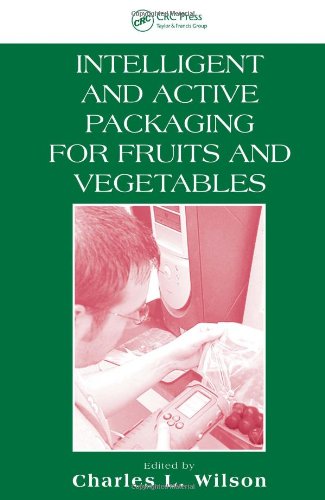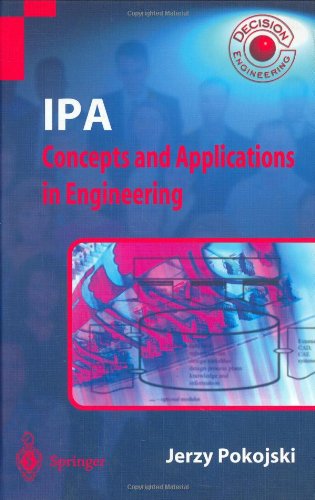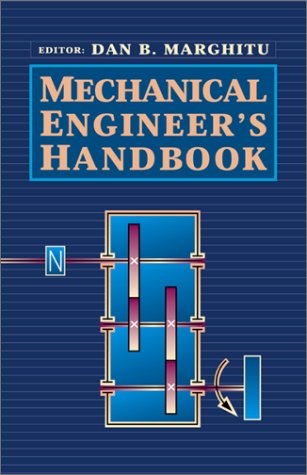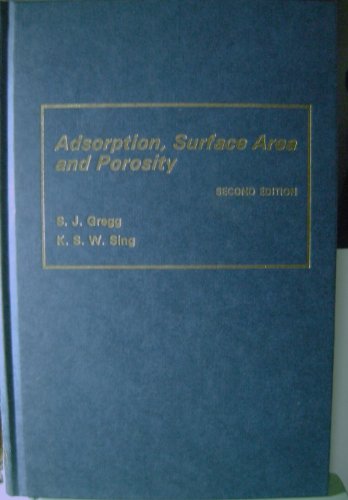Charles L. Wilson Ph.D.0-8493-9166-0, 978-0-8493-9166-8
Recent nationwide recalls of spinach due to E. coli contamination and peanut butter due to Salmonella, make the emerging development of “active” and “intelligent” packaging crucial for consumer safety and quality assurance. Now that it is possible to make packaging that can detect and inform consumers of contamination, as well as prevent or reduce the growth of human foodborne pathogens, the food packaging and safety industry needs a comprehensive overview of the state-of-the-science and future directions of this widely important field. Drawing on the research of a diverse group of scientists and pioneers in the field, Intelligent and Active Packaging for Fruits and Vegetables explores the new technology and applications used to bring fresh, safe, nutritious produce to the consumer. It explains Modified Atmosphere Packaging (MAP) and its use in packaging fruits and vegetables, as well as, fish and meat. It includes variations and advances on MAP such as high vapor-permeable films, and demonstrates modeling techniques to assist in the prediction and selection of packaging type. The book contains a chapter on the trends, opportunities, and challenges of RFID temperature monitoring in food packaging. It also considers the interaction between container and food product, as well as the use of non-toxic insect repellent plastics. There is a chapter on the regulatory implications of the use of nanotechnology in food packaging. Finally, the book discusses consumer perception, the specific needs of developing countries, and current implementation in Europe. Explaining the very latest in packaging technology and opening areas for future research, Intelligent and Active Packaging for Fruits and Vegetables provides an excellent knowledge base from which to revolutionize the delivery of safe and nutritious food. |
Table of contents :
Front cover……Page 1
Dedication……Page 6
Contents……Page 8
Preface……Page 10
About the Editor……Page 16
Contributors……Page 18
chapter one. A chronicle of intelligent packaging……Page 22
chapter two. History of active packaging……Page 32
chapter three. MAP as a basis for active packaging……Page 52
chapter four. Active packaging for fruits and vegetables……Page 78
chapter five. Modified atmosphere packaging for vegetable crops using high-water-vapor-permeable films……Page 94
chapter six. MA packaging combined with other preserving factors……Page 134
chapter seven. Lessons from other commodities: fish and meat……Page 172
chapter eight. Modeling modified atmosphere packaging for fruits and vegetables……Page 186
chapter nine. Interaction of food and packaging contents……Page 208
chapter ten. Natural nontoxic insect repellent packaging materials……Page 222
chapter eleven. RFID temperature monitoring: trends, opportunities, and challenges……Page 258
chapter twelve. Selecting authentication and tracking technologies for packaging……Page 270
chapter thirteen. Perceptions of consumer needs for active packaging……Page 278
chapter fourteen. Needs for active packaging in developing countries……Page 284
chapter fifteen. Regulation of new forms of food packaging produced using nanotechnology……Page 310
chapter sixteen. Active and intelligent packaging: a European anomaly……Page 328
chapter seventeen. ACTIPAK in Europe……Page 336
Index……Page 350
Back cover……Page 358 |







Reviews
There are no reviews yet.